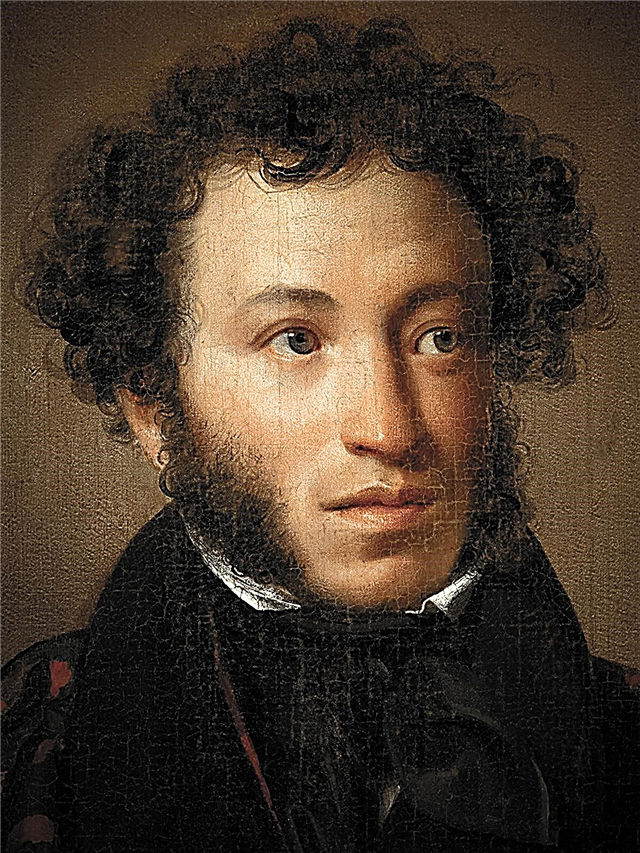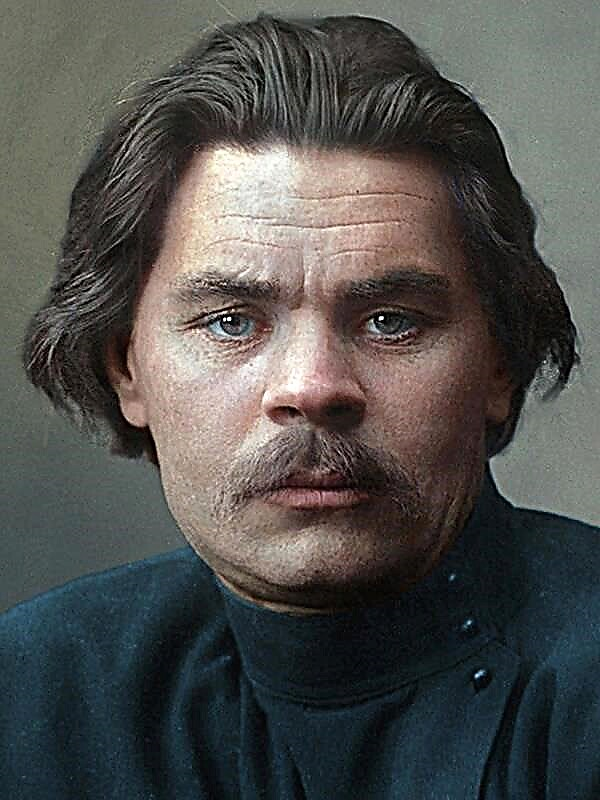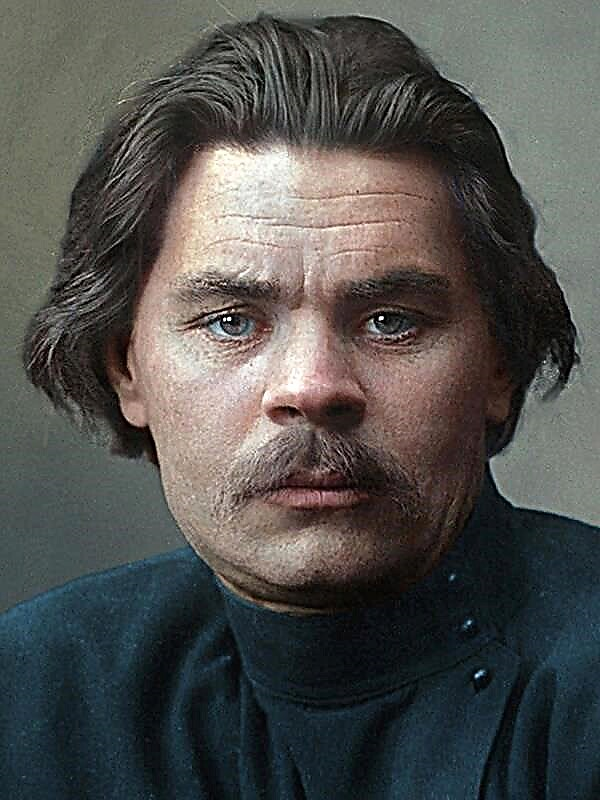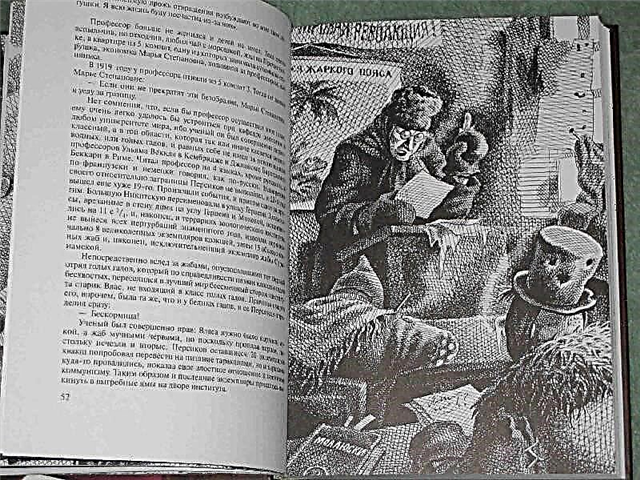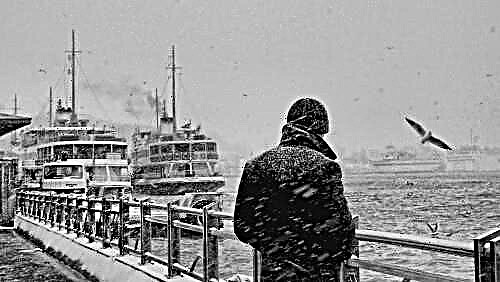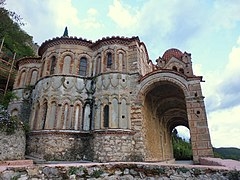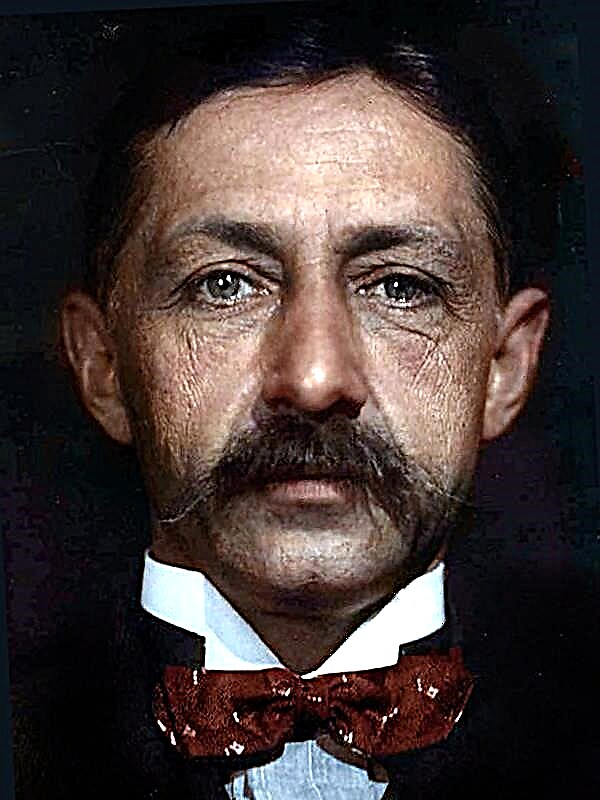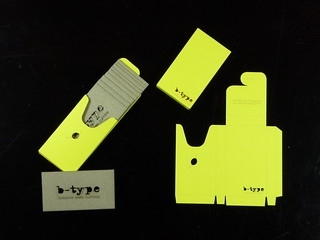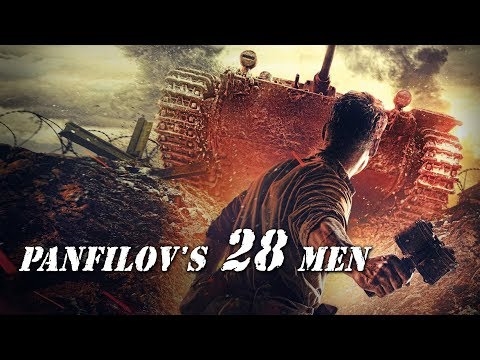March 23, 2018 Andrei Lysikov, better known as Dolphin, released his tenth solo album “442“. Critics spoke positively about the new disc, and fans of the artist’s work, having familiarized themselves with the new material, seemed to be imbued with even greater love for the activities of their idol. In addition, with full confidence, it can be argued that with its label of urgency, the album surprised and hooked an audience that had previously remained indifferent to the figure of Lysikov.
The semantic core of the album, admittedly by the public, was the track “520”; a video was shot on it, the premiere of which took place on the Dolphin’s youtube channel. I would like to talk about the song and the video supplementing it in more detail, because to fully understand them, a detailed analysis of the poetic and visual components is required.
As in the audiovisual product - the clip, and in the text, we encounter a lyrical hero who is estranged from actions, who, with longing and pain, watches what is happening around him and invites us, just like him, to take a closer look at the surrounding reality, reflect and evaluate events and the place that each of us occupies in them. The video is filled with burning scenes from protests, scenes of violence on both sides: protesters demanding justice, and government officials pacifying the crowd. It should be noted that although the hero is trying to demonstrate his apoliticality and non-involvement in any of the camps, it can be seen that he is more likely leaning on the side of the people: the rubber duck is ironically placed on the edge of the TV in the video (one of symbols of the opposition movement in the Russian Federation), in the text the use of pronouns identifying it with the crowd (“us”, “us”, “we”).
The song speaks of the atmosphere of total silence prevailing in the country: you can only hear “throwing words fires” here. It also contains a motive of despair from the unfulfillment of hopes, difficulties in the existing way of realizing dreams and desires, which usually turn into disappointments, despite the forces applied to their realization. This motive is laid down in magnificent metaphors: “the flowers of disappointment sprout from the dirt of our desires into the world,” although we “build ... from [our] bones, turning our [own] blood into clay”. There is also an indication in the text of double standards of propaganda broadcast by the state. It is reflected in the line “the future of the children rests on their backs with a bayonet”: every now and then we hear about the imaginary attitude of the authorities to strengthen the family, increase the birth rate, reduce the number of abortions or even completely ban them, but in practice all these things are completely inapplicable. We get the law on decriminalization of beatings in families, orphanages remain overcrowded, and the adoption of Russian orphans by foreigners is prohibited. At the same time, there are no social guarantees for realizing the child’s potential, no confidence in his future, in his protection from possible injustice. Saying “we have been ill with childhood of tolerance”, the lyric hero is unlikely to mean intolerance towards national or sexual minorities: it implies, rather, the growth of public consciousness, the rejection of the position “we can’t change anything”, characteristic of modern Russian society, the refusal to tolerate the bestial attitude of the authorities .
As a matter of fact, the semantic core on which Dolphin skillfully strung excellent metaphors is a call to rethink the value of human life, soul, love for one's neighbor. We will find all this in the refrain: people are called blind to hatred, their hearts, each of which, according to the hero, contains the whole sun, are insignificant, and they “go out with sparks in the ashes”.
The chorus of “520” fully meets its task - to unite the couplets of the song into a single whole. From verse to verse, the text more and more departs from specifics and goes into the field of poetic abstraction and metaphor. The idea of hope for rebirth, which runs through the whole work, is gradually developing as a red thread. This is the main idea of the song: the question that the lyrical hero has probably already decided for himself: through what should and correctly be reborn into something qualitatively new? Through self-sacrifice, love, creativity and art, or hatred, intolerance and violence? I think everyone will find the answers on their own.



